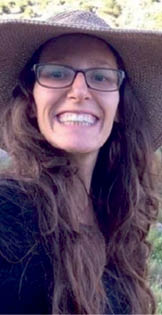Most of us don’t live like our relatives used to. My husband’s mom collected wild, edible plants from her garden in Ramallah, as did so many of our mothers. Today, I look at the swiss chard in the plot across the street, and I see and smell the filth of pollution. Luckily, we have a piece of land on a mountain outside of Ramallah where we can harvest as our ancestors did: wild lettuce, mushrooms, khubbayze, asparagus, ‘ilik, mustard, sage, thyme, and all the vegetables we plant. In many ways, our ancestors were better nourished. They ate baladi (lit. country) eggs full of minerals laid by chickens who fed off the earth. They baked their whole wheat bread in the taboun (clay oven), and drank herbal teas made of wild sage and thyme that had been harvested in the hills and dried to last for the entire year.
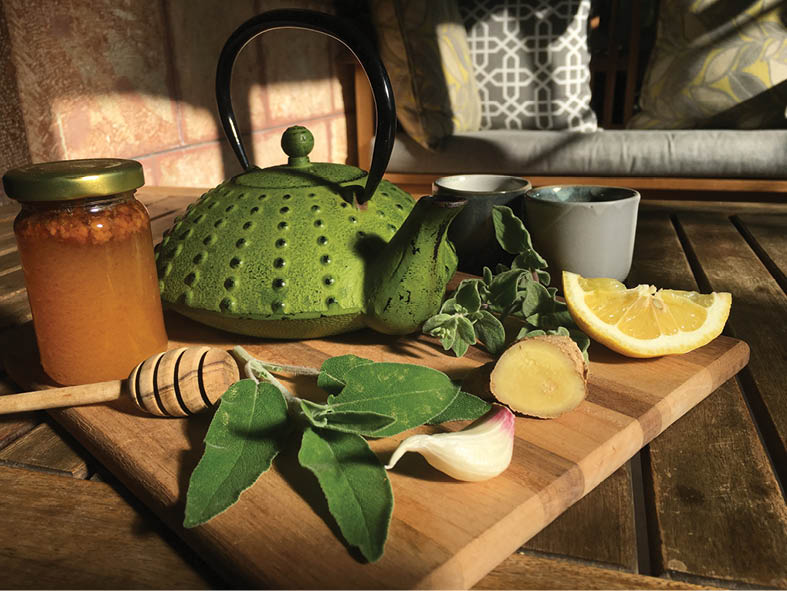
Our family still keeps alive many of these traditions. We make hummus at home, continue to ferment olives as our grandmothers did, use a lot of healthy fats such as locally pressed olive oil, and understand the healing properties of sage and thyme. But on a daily basis, we also eat white bread and white rice, void of any nutritional value and often containing toxins such as arsenic. We buy our children snacks from the supermarkets made with ingredients we can’t read or understand. We bake cookies with refined sugar and toxic yellow seed oils. And worst of all, we use toxic chemicals to clean even though we know that olive oil soap, lemon juice, vinegar, and sodium bicarbonate all disinfect without polluting our wadis (valleys). But fear not! This is a great moment for us to focus on what’s important: our health. We can nourish our bodies and thus build greater immunity and environmental health in these uncertain times. I would like to share with you a few tips on how to stay healthy and save the environment.
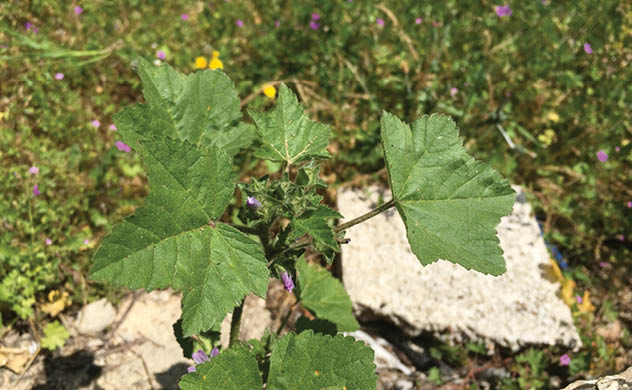
Grow your own food
Even if you don’t have a garden and you can’t buy seeds or seedlings these days, while under curfew, you can still grow your own food right inside your kitchen!
Lettuce, green onions, fennel, and celery can be regrown from food scraps. Just cut off the bottom few inches and place them in a shallow bowl of clean water. (Change the water daily.) Keep them in a sunny place and watch new vegetables grow from the bottom bits.
Basil and cilantro can be grown into plants if you simply take the stalks with a few leaves still on them and place them into a cup of water that you change daily. When roots grow, put the plants in pots of soil, and grow plants that you can harvest from for meals!
Seeds from tomatoes can be taken from inside the tomato. Wash and dry them well. Plant them in a small pot of soil (put them under a bit of soil) in a sunny place. Keep the pot watered and watch new tomato plants grow!
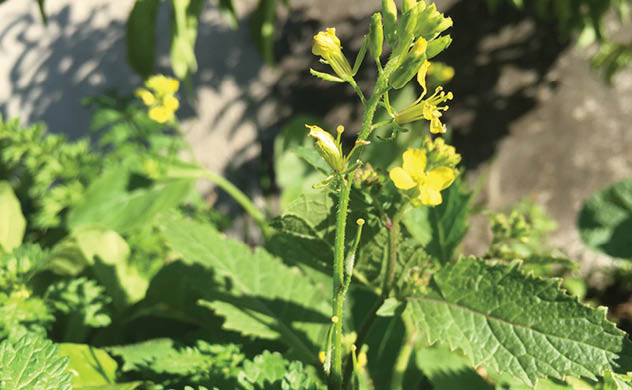
Cook to nourish
Most of us are stuck at home these strange days during the corona pandemic. For me, it’s been an amazing opportunity to reconnect with my heritage and focus on my family’s health. Yesterday as I cooked a rooster for eight hours, the smell of my house infused my mind with long-forgotten memories of my grandmother’s kitchen. I cook a lot, but not just to feed my family. I cook to nourish my family and strengthen our immune systems. I also keep my 3.5-year-old involved as my helper! Here are some suggestions to incorporate into your kitchen.
Bone broth is a traditional recipe that was nourishing and used as a way to prevent nutritionally dense parts of our food from going to waste. Coat the bones in olive oil and toss them in the oven, turning occasionally at 200 celsius for 30 minutes. Transfer to a pot and cover with six cups of water, bay leaves (we have bay trees growing all over Ramallah, so please pick your own instead of buying them), peppercorns, and a bit of white vinegar. Simmer all day and then strain.
Citrus Jello is nutrient dense and full of vitamin C, plus you don’t cook it (you only warm it), so the honey also retains its immune-boosting properties. Dissolve three tablespoons of beef gelatin and a few tablespoons of raw honey in two cups of lemon juice with the rind from the lemons. Once the gelatin is dissolved and well mixed, pour it into molds or a small Pyrex bowl. Refrigerate for a few hours until firm. Sahtein!
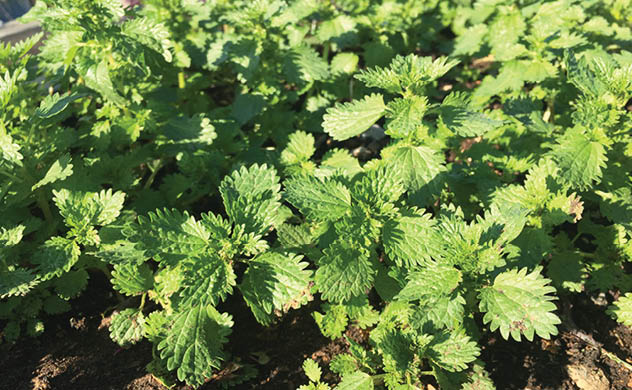
Build immunity
You don’t have to go out to buy supplements such as probiotics and vitamins because you can actually get a lot of what you need from food. We continue to make olives every year in the traditional way with a salt brine. Using salt and water is called lacto fermenting, and all things lacto fermented are full of probiotics and thus wonderful for your immune system. Right now my refrigerator contains cauliflower, turnips, radishes, and kohlrabi ferments. We even use the liquid for salad dressings.
Lacto ferment any root vegetables, such as radish, kohlrabi, turnips, carrots, or beets. Wash in filtered water. Dissolve 3.5 tablespoons of sea salt in 6 cups of filtered water. Fill clean jars with chopped vegetables (cut into whatever size and shape you like) to two inches from the top, and cover with salt water. The secret to fermenting is to be sure that the vegetables are always covered completely by the liquid. Leave the jars on the counter for a few days (taste, and once they are fermented to your liking, refrigerate).
Brew well-being tea with some great immunity builders that are locally available. We like to toss some slices of ginger, a clove of garlic, a handful of sage and thyme, and a spoon of honey into a pot. Fill it with hot water and brew for 5 minutes. Then squeeze in the juice of half a lemon and toss the rind in as well (the skin holds the highest vitamin content). Enjoy!
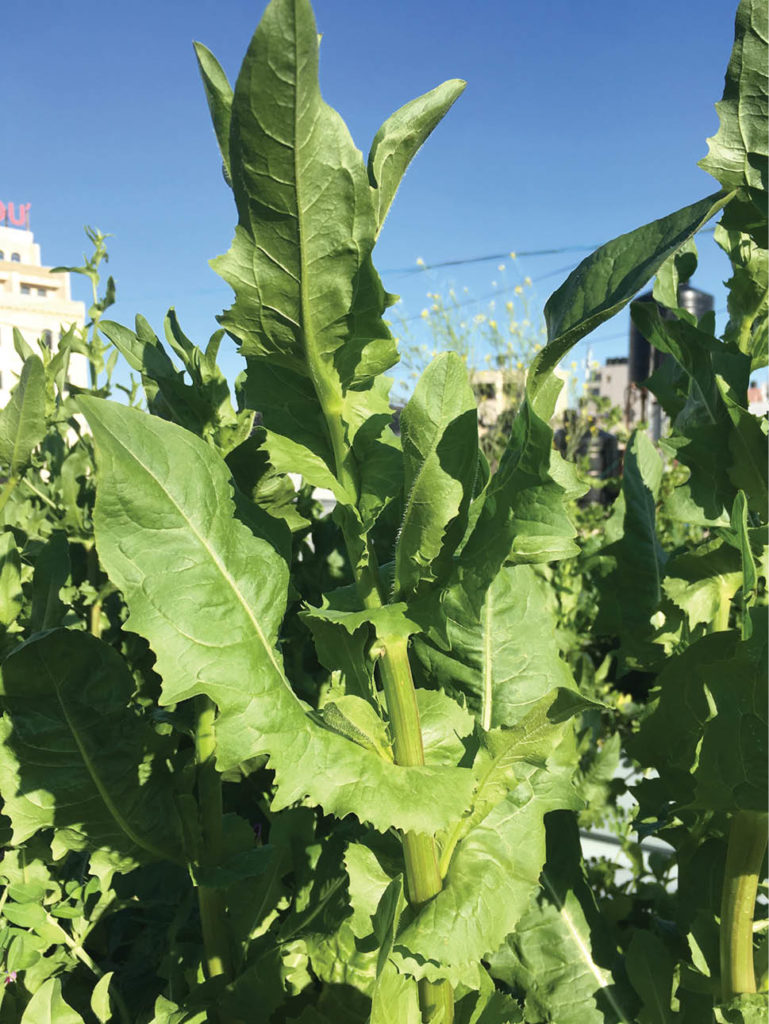
Cut down on waste through composting
Last year I was speaking to five-year-olds at a school in Ramallah. I asked them a simple question: “What is trash?” One of the many answers was simple and accurate: it is anything we don’t use. That’s basically the crux of it – when something is no longer useful to us, it’s trash. But that doesn’t mean it isn’t useful to someone or something else. Our organic waste – all the vegetable skins and cores, the leftovers from dinner, newspaper, egg shells and cartons – are not trash. They can be turned into fertile compost and added to pots or a garden box.
Build a simple at-home system with two 16-liter buckets stacked inside each other. Drill holes in the inner bucket so that the liquid can drain into the second bucket, and keep a lid on the top bucket. If you don’t have a drill, heat a screwdriver and poke holes in the bucket. The liquid that drains out can be diluted and used to water plants. Dump into the bucket organic waste – paper, cardboard, egg carton, eggshells, tea leaves, coffee grounds, and all food “waste” (except meat, fried foods, and sweets). Compost needs oxygen (stir it weekly to get oxygen inside), liquid (this is present in the organic waste), nitrogen (green food scraps), and carbon (newspaper and egg cartons). Add a handful of soil to the bucket for good bacteria. When the bucket is full, you can dump it all in a big trash bag and leave it off to the side to ferment (just open and shake it up once a week). As the bacteria start feeding off the organic waste, it creates heat. There shouldn’t be any flies present if this is done with the correct proportions of carbon (paper and dried leaves), nitrogen (garden greens and food scraps), oxygen (turning compost), and water (keep it damp like a wrung-out sponge). Once you can’t identify any ingredients inside the compost, you are ready to put it on plants (after around three weeks). Read more online to learn about how compost works and how to troubleshoot at-home systems.

